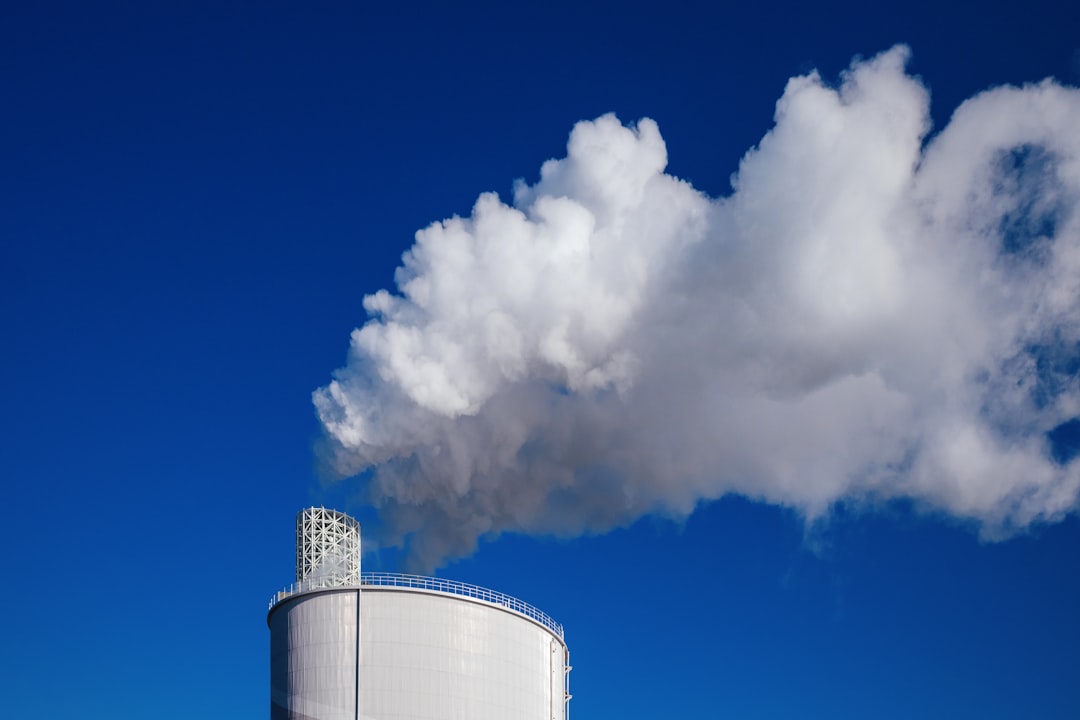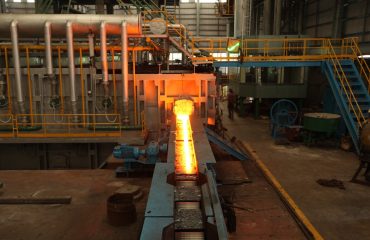Energy projects, from oil and gas pipelines to geothermal and renewable energy systems, rely heavily on the robust performance of their piping infrastructure. Choosing the wrong pipe can lead to costly repairs, project delays, environmental damage, and even safety hazards. This comprehensive guide will help you navigate the complexities of pipe selection, ensuring your energy project is built on a solid foundation.
1. Material Selection: The Foundation of Pipeline Integrity
The material of your pipe is arguably the most crucial decision. Different materials offer distinct advantages and disadvantages depending on the specific application and the substance being transported. Common materials include:
- Steel: A workhorse in the energy industry, steel offers high strength, durability, and weldability. However, it’s susceptible to corrosion, requiring protective coatings or specialized alloys in certain environments (e.g., sour gas applications). Different grades of steel (carbon steel, stainless steel, etc.) exist, each with its own properties and cost implications.
- High-Density Polyethylene (HDPE): A popular choice for gas distribution and water pipelines, HDPE offers excellent corrosion resistance, flexibility, and ease of installation. Its lighter weight simplifies handling and transportation, but it may not be suitable for high-pressure or high-temperature applications.
- Polyvinyl Chloride (PVC): Primarily used for lower-pressure applications, PVC pipes are known for their affordability and corrosion resistance. However, their lower strength and temperature limitations restrict their use in many energy projects.
- Fiber Reinforced Polymers (FRP): Offering a lightweight yet strong alternative to steel, FRP pipes are gaining popularity in corrosive environments. Their excellent corrosion resistance and high strength-to-weight ratio make them attractive, but their cost can be higher than steel.
- Ductile Iron: A strong and durable material with good corrosion resistance, ductile iron is frequently used in water transmission and distribution systems. Its ability to withstand high pressures makes it suitable for certain energy applications.
The choice of material must carefully consider the transported fluid’s properties (temperature, pressure, corrosiveness), the environmental conditions (soil type, climate), and the project’s budget and lifespan.
2. Pressure Ratings: Ensuring System Safety
Pipes are designed to withstand specific pressure levels. Choosing a pipe with an inadequate pressure rating can lead to catastrophic failures. The pressure rating is typically expressed in pounds per square inch (psi) or bars. It’s crucial to accurately assess the maximum operating pressure of the system and select a pipe with a significantly higher safety factor. This safety factor accounts for potential pressure surges, temperature fluctuations, and other unforeseen events. Industry standards and regulations provide guidance on appropriate safety factors for different applications.
Careful consideration must be given to the pressure drop along the pipeline length, especially in long-distance transportation. This pressure drop can be influenced by factors such as pipe diameter, fluid viscosity, and flow rate. Accurate calculations are essential to ensure sufficient pressure throughout the system.
3. Diameter Considerations: Optimizing Flow and Efficiency
The diameter of the pipe directly impacts the flow rate and efficiency of the system. A smaller diameter pipe will result in higher pressure drops and increased energy consumption, while a larger diameter pipe might be excessively expensive and require more materials. Hydraulic calculations, considering factors like fluid viscosity, flow rate, and desired pressure drop, are crucial in determining the optimal pipe diameter. These calculations often involve the use of specialized software and engineering expertise.
The selection of the correct diameter also influences the velocity of the fluid within the pipe. Excessive velocity can lead to erosion and increased wear on the pipe, while excessively low velocity can cause sedimentation or other issues. Therefore, finding the balance between efficient flow and minimizing wear is critical.
4. Joining Methods: Ensuring Leak-Free Connections
The method used to join pipes is critical for ensuring the integrity and longevity of the pipeline. Common joining methods include welding (for steel pipes), fusion welding (for HDPE and other thermoplastic pipes), and threaded or flanged connections. Each method has its own advantages and disadvantages concerning cost, ease of installation, and suitability for different materials and pressures.
The selection of the joining method should consider factors such as the pipe material, the operating pressure, the environmental conditions, and the accessibility of the site. Proper training and adherence to industry standards are essential to ensure leak-free and durable connections.
5. Regulatory Compliance and Environmental Considerations: Meeting Industry Standards
Energy projects are subject to stringent regulations and environmental considerations. Pipe selection must comply with relevant local, national, and international standards. These standards often dictate minimum material specifications, pressure ratings, and testing procedures. Furthermore, environmental concerns, such as minimizing the risk of leaks and spills, are paramount. The chosen pipe material and joining methods should minimize the environmental impact of the project.
Choosing a pipe that meets all regulatory requirements and minimizes environmental risks is not only essential for project approval but also for ensuring the long-term sustainability of the project and protecting the environment.
Selecting the right pipe for an energy project is a complex process that requires careful consideration of various factors. By understanding the key aspects discussed above, you can make informed decisions that ensure the safety, efficiency, and longevity of your project.
SEO Tags:
Energy pipeline, pipe selection, pipeline materials, pressure rating pipes, pipeline regulations




